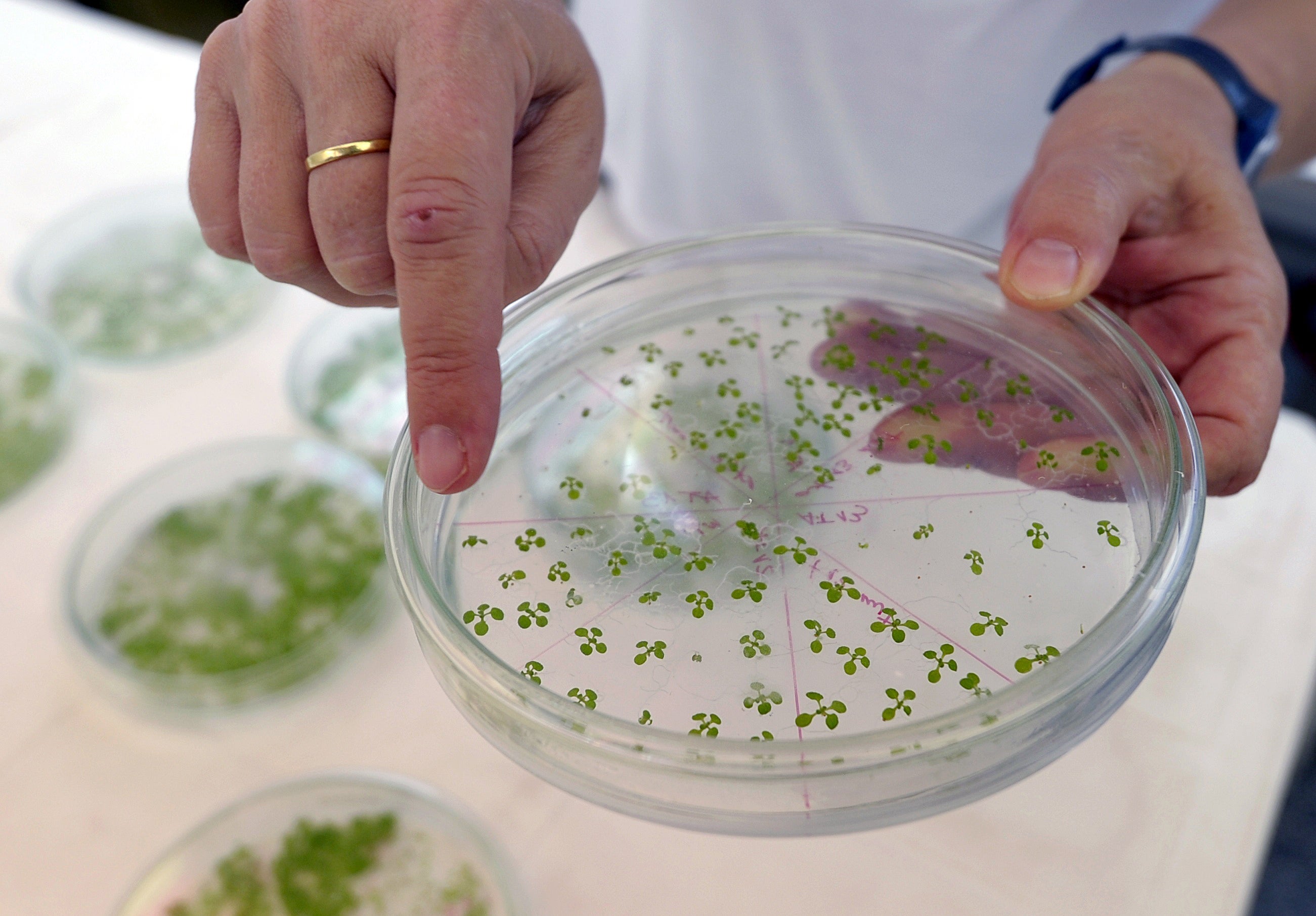Whole new organ discovered on ‘world’s best-studied’ plant after decades of research
Plant part performs similar weight-supporting function to that of cantilever in structural engineering

Your support helps us to tell the story
From reproductive rights to climate change to Big Tech, The Independent is on the ground when the story is developing. Whether it's investigating the financials of Elon Musk's pro-Trump PAC or producing our latest documentary, 'The A Word', which shines a light on the American women fighting for reproductive rights, we know how important it is to parse out the facts from the messaging.
At such a critical moment in US history, we need reporters on the ground. Your donation allows us to keep sending journalists to speak to both sides of the story.
The Independent is trusted by Americans across the entire political spectrum. And unlike many other quality news outlets, we choose not to lock Americans out of our reporting and analysis with paywalls. We believe quality journalism should be available to everyone, paid for by those who can afford it.
Your support makes all the difference.After more than a decade of research, scientists have found a previously unreported structure called the “cantil” in the Thale cress plant – one of the most widely studied organisms in biology.
Scientists from The Pennsylvania State University in the US say the organ performs a similar weight-supporting function to that of a cantilever in structural engineering, adding that its discovery sheds light on the conditional growth of some essential structures in plants under special conditions.
A cantilever works as a long projected beam fixed at one end.
According to the research published in the journal Development, the cantil – long thought to be an uncommon structure that propped up as an artefact of mutation or contamination of the plants – is actually a special organ that “connects to the stem at one end and hangs in the air to hold up the flower-bearing stalk.”
“I first observed the cantils in 2008. I initially didn’t trust any of the results; I thought it must be an artefact of genetic contamination, perhaps combined with environmental contamination of the water, soil, fertiliser or even the building air supply,” study co-author and postdoctoral researcher Timothy Gookin said in a statement.
Thale cress, known among biologists as Arabidopsis thaliana, is a roadside weed, but has a long history with scientists who have tried to understand how these plants grow and develop.
Although Arabidopsis was first scientifically described as early as the 16th century, and continues to be studied as a model organism to explore plant genetics and development since the 1940s, the “gargantuan task” of proving the cantils to be naturally occurring structures, has taken over a decade, the scientists say.
This is mainly because in Arabidopsis, the organ develops only in some plants when they flower, and under certain conditions which cause them to delay flowering.
“Cantils develop in wild-type Arabidopsis accessions as a consequence of delayed flowering in short days,” the researchers wrote in the study.
Following over a decade of careful research, the scientists finally found the formation of cantils to be a natural process, and not driven by mutation or environmental contamination, after identifying them in wild-type plants growing in independent locations and diverse conditions.
“It took over 12 years of experimentation to really get a grasp on what we were seeing and to understand how cantils were regulated. This study required the growth of 3,782 plants to full maturity and the manual inspection of over 20,000 flower-bearing stalks in 34 unique plant lines,” Mr Gookin explained.
The researchers also found that the cantils appear more frequently in some plants while not in others, revealing some of the genetic factors that control its development.
They believe the discovery of cantils provides important clues for understanding the conditional growth of plant structures in response to their environment.
“One speculative interpretation is that the cantil represents a highly repressed ancestral linkage between different types of flowering plant architectures; the multiple layers of genetic and environmental factors that regulate cantil development are certainly quite striking,” Mr Gookin added.
Join our commenting forum
Join thought-provoking conversations, follow other Independent readers and see their replies
Comments